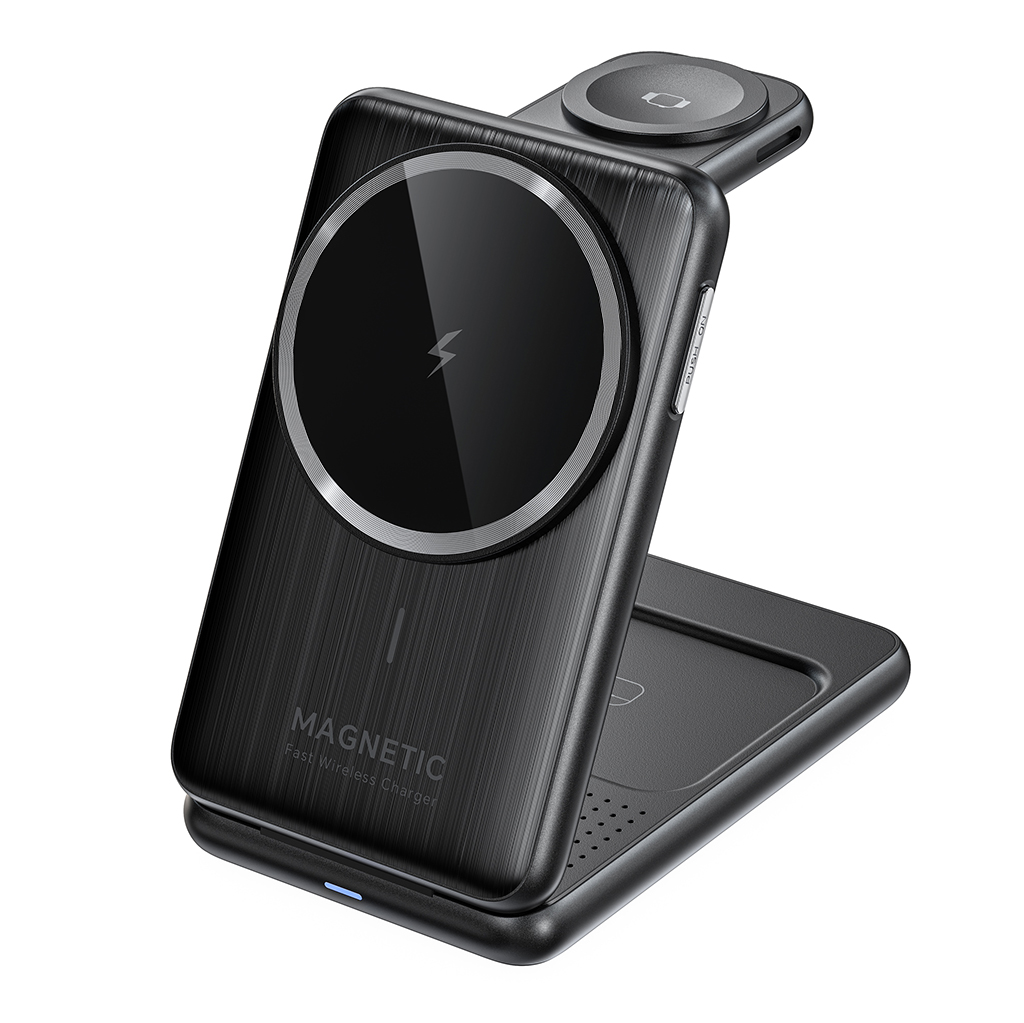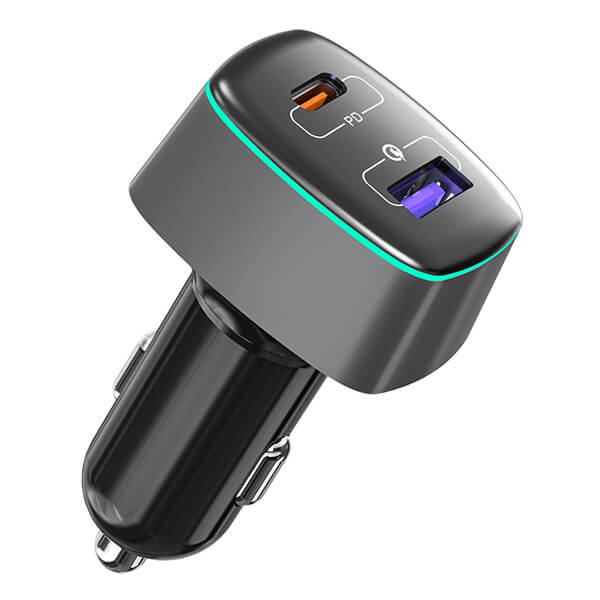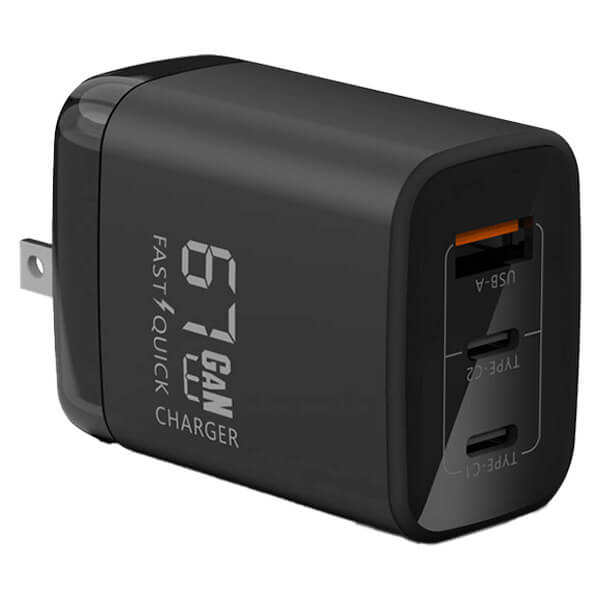
In the consumer electronics industry, product reliability directly impacts user experience and brand reputation. For standard power banks, how can we ensure their stable performance in various usage scenarios? One crucial answer is the aging test.
1️⃣ What is an Aging Test?
An aging test, in simple terms, involves operating the power bank under prolonged, high-load conditions to simulate real-world usage and uncover potential quality issues. This test evaluates the product’s durability and helps identify hidden defects, such as battery degradation, overheating, and reduced charging efficiency.
Unlike short-term functionality tests, an aging test focuses on long-term stability, ensuring the power bank maintains reliable performance over extended use and prevents issues such as performance deterioration, overheating protection failure, or safety hazards.
2️⃣ Why is an Aging Test Necessary?
During production, the aging test is the final quality checkpoint, ensuring the reliability of the power bank before it reaches customers. Its importance lies in the following aspects:
🔹 Eliminating Early Failures to Improve Product Stability Some electronic components may appear functional at first but deteriorate after extended use. Aging tests help detect such failures before the product reaches consumers, preventing defective units from entering the market.
🔹 Optimizing Performance for a Better User Experience Through aging tests, manufacturers can gather valuable data on charging efficiency and battery wear, leading to design optimizations that enhance user experience.
🔹 Ensuring Safety and Reducing After-Sales Risks Power banks, being high-energy-density products, pose potential safety risks like overheating, short circuits, or even combustion if improperly designed or manufactured. Aging tests verify the effectiveness of temperature control and short-circuit protection mechanisms, reducing the likelihood of product failures and warranty claims.
3️⃣Practical Approach to Aging Test in Power Bank Production
✅ Regular Charge-Discharge Aging Test (Necessary)
- Fully charge → discharge → fully charge, usually 2-3 cycles to ensure the product does not show significant degradation or abnormalities.
- This is a standard procedure in production lines, typically lasting 8-12 hours, ensuring no issues during normal usage.
✅ High-Temperature Aging Test (As Needed)
- Some clients request high-temperature testing, but not all products undergo it. Typically, a sample selection is tested for 12 hours at 45°C-50°C, rather than testing the entire batch.
- The main purpose is to check if the PCB and battery function correctly in high-temperature environments, but not every product is subjected to this rigorous test.
✅ High Load Output Test (For Some Products)
- High-power power banks (such as 130W, 100W) undergo high-load aging, but regular 20W or 30W power banks do not require it.
- This test is usually performed on a sample basis, not for every product, as excessive testing may affect the battery’s lifespan.
Conclusion: Aging Tests Are Essential for Quality Assurance
For standard power banks, aging tests are not just a quality control measure before shipment—they are a critical step in ensuring safety and product longevity. Only through rigorous aging tests can we guarantee stable performance across different environments, providing users with a truly safe and reliable portable power source.
In a highly competitive market, aging tests are more than just a manufacturing standard—they reflect a brand’s commitment to quality and customer trust! 💪🔋














